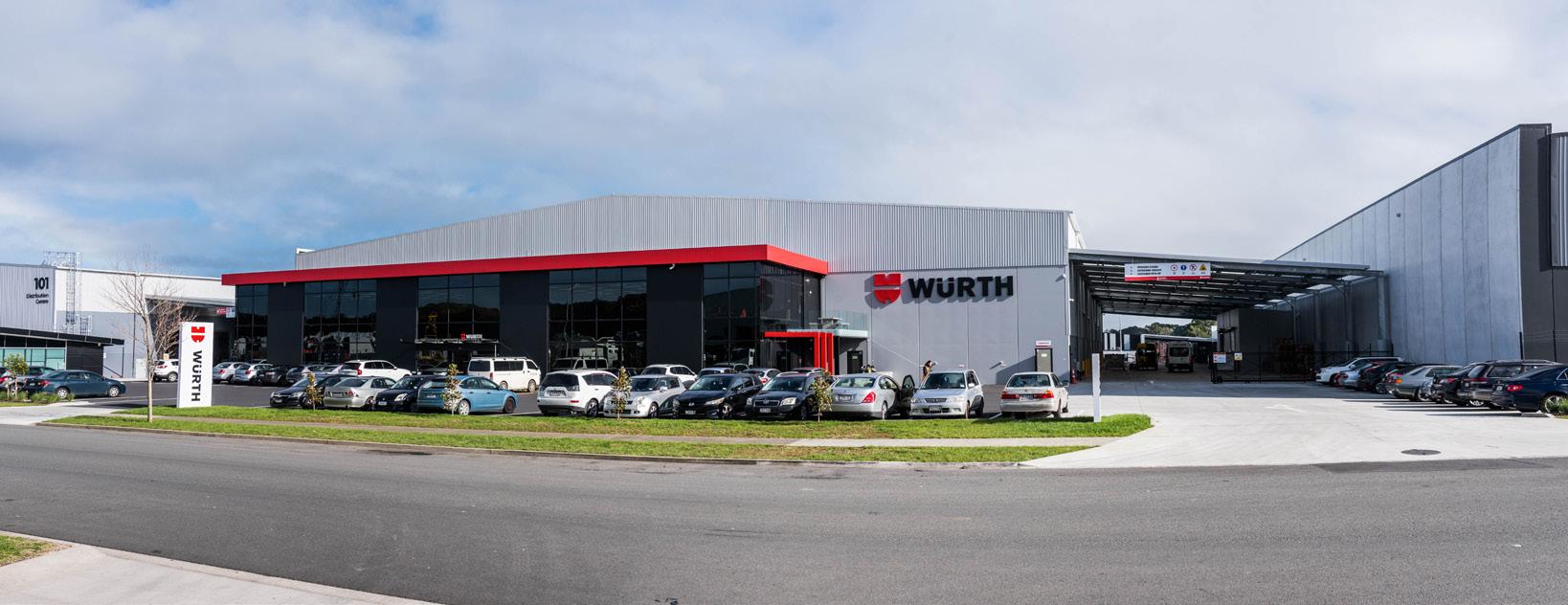
4 minute read
Welding basics
from Auto Channel 45
by Via Media
Tips for top-quality welding
GETTING THE BASICS RIGHT SETS YOU UP TO DO HIGH-QUALITY WORK
Advertisement
Going back to the basics can make the difference between a quality repair and a disappointing one, maybe even one that will fail. When it comes to inspecting vehicle repairs for safety and quality, one of the first things to consider is welds. This is critically important, as welds have a significant impact on the way the repair will stand the test of time — especially in another collision.
A visual inspection for porosity, penetration, cleanliness, and incomplete welds will reveal obvious defects that weaken the weld and potentially cause a repair to fail, but that is just the beginning.
VISUAL INSPECTIONS AND DYE PENETRANT
A visual inspection is the best place to start, but you have to know what you’re seeing. Looks can be deceiving. Test fitting of panels, flange preparation, and weld penetration are all things that can be inspected visually and give an indication of the quality of the weld.
In some cases, the vehicle maker may also call for the use of a dye penetrant that can be used to check for cracks and defects in the weld. This method is most commonly called for during aluminium welding, but can also be used on steel welds. Dye penetrant requires three parts — a cleaner, dye, and developer.
DESTRUCTIVE TESTING
Destructively testing a weld to evaluate its characteristics is another crucial step in the repair process and should be performed on a similar material of equal thickness. This allows the person welding to accurately adjust the settings and techniques to the material and thickness that is being joined. Destructive testing is done by tearing and twisting the test weld to show if a proper weld has been created. It’s important to avoid guessing a weld’s strength. Each vehicle is so different, with so many combinations of attachment methods and material stacks, there’s no way for a welder to have a set up that can effectively weld all the different scenarios that a technician may encounter on a vehicle.
COMPLEXITIES OF UHSS
Ultra-high-strength steel (UHSS) is being used in even more complex ways than in previous vehicle generations. With this level of complexity, using the proper welding techniques, attachment method, and settings becomes even more important. When spot welding is used during repairs, UHSS may not weld the same as mild steel. The welder will need a different setting for UHSS to make a good weld. The vehicle maker may also have requirements for a specific spot-welding machine that may have preset programs for specific applications. Some spot welders may only need the sheet thickness and the type of material to be input and the welder will make the necessary adjustments. Finally, some OEM procedures also require specific manual settings for the spot welds at specific locations to ensure the material is being joined correctly.
When GMA-welding UHSS, such as boronalloyed steel, there are additional considerations. Most UHSS parts are typically replaced using squeeze-type resistance spot welds (STRSW) at a factory seam, and GMA plug welds are used to attach the part where a spot welder cannot reach. Also, you need to understand that just because it was attached at the factory with a spot weld, it doesn’t mean that is how you’re required to replace that weld. In the vehicle specific repair manuals, procedures may include specific locations to be replaced with structural adhesives, extra welds, plug welds, structural rivets, or weld bonding. The only way to find this information is by doing the research before starting the repair to ensure that you have the correct tools and materials on hand to complete the repair.
When making welds on UHSS to UHSS, there may not be tear-out of the weld nugget. When making welds on mild steel to UHSS, or highstrength low alloy (HSLA) steel to UHSS, there should be tear-out of the weld nugget of the weaker steel. If there is tear-out of the UHSS, the heat has changed the strength of the metal. First and foremost, given the many alternatives available, the initial place to turn for any welding guidelines that are vehicle-specific is the OEM repair procedures, typically found under general welding guidelines.
WELDING TIPS
• Always practice welds on scrap material from the damaged part before welding the new part onto the vehicle. • Always check welds before moving on to the next process. • Before destructively testing welds, inspect them visually first. If it’s defective, the destructive test will be pointless. • With spot welding equipment, check and make sure that the welder is receiving the correct voltage at the receptacle. If the voltage is too low, it will not make a good weld. • Always look first to the OEM repair procedure for the correct information.








